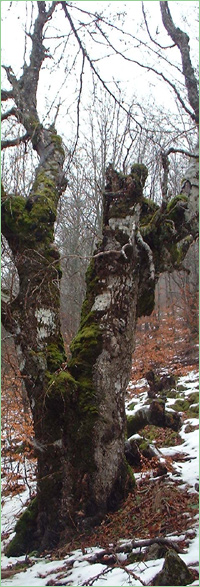Register of protected areas in Bulgaria
There are no protected areas and protected zones, which satisfy the conditions! |

|
||||||
Questions on the content: biomon@eea.government.bg, phone: 00359 2 940 64 73 |
|||||||
Technical issues: it@eea.government.bg |
|||||||
Last update of the web application: 01.08.2011 |
 Превод на български
Превод на български